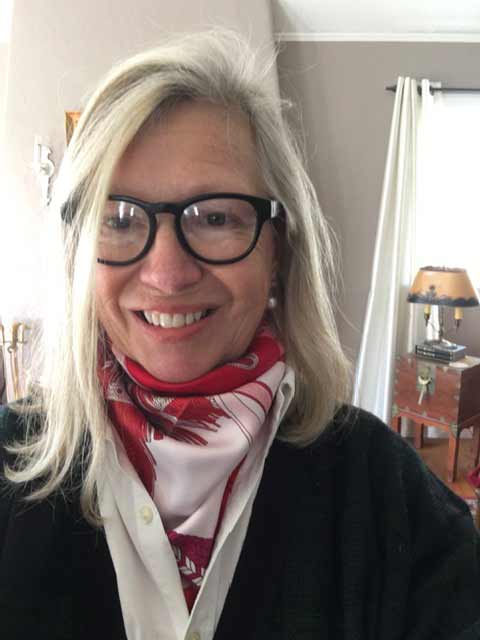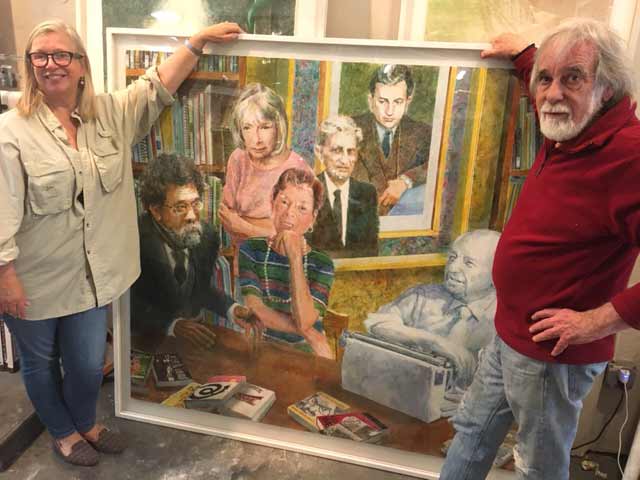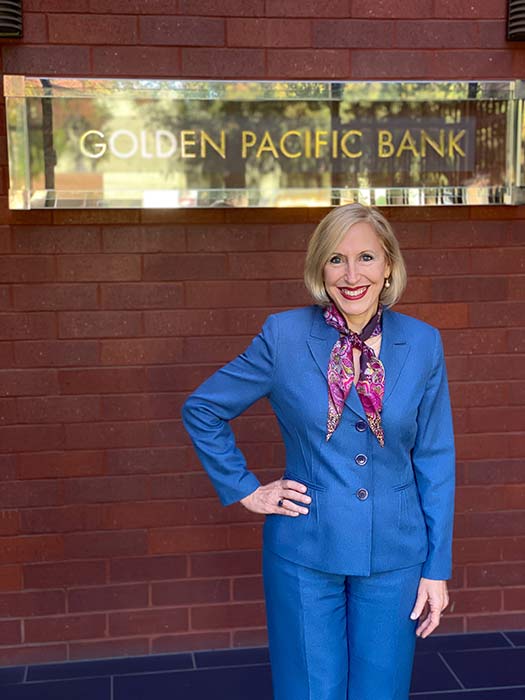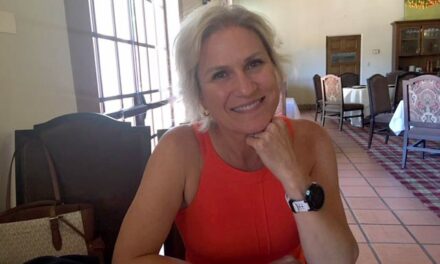A Literary Light Leads a Literary Tour
Author Jennifer Basye Sander Dishes About Some of Sacramento’s Bold-Faced Names
By Ed Goldman
Jennifer Basye Sander wants visitors to and residents of Sacramento to know that California’s capital has housed its share of literary and artistic glam.
Author of more than 60 books and a former editor for Random House, Basye Sander creates and leads tours of Sacramento’s Old City Cemetery to highlight some of the boldfaced names who now grace markers instead of marquees—and of various parts of the area where, for example, the great short-story writer Raymond Carver managed an apartment house, author William Saroyan worked for the U.S. Army Depot during World War II, and Oona O’Neill had drinks at the Senator Hotel. (She was playwright Eugene O’Neill’s daughter and ultimately, Charlie Chaplin’s fourth and final wife. Guess he finally got it right.)
Jennifer Basye Sander
“A lot of people think all of these artists and writers spent most of their early years starving in stylish garrets in New York City,” Basye Sander says in a breezy, dahhling-you’re-maaahvelous tone that would give her a faux aristocratic air if she weren’t so self-aware. Her tours are booked at airbnb experience’s “Literary Secrets of Sacramento.”
Basye Sander has the chops of both a writer and historian to lead these journeys into portions of the region’s golden past—which, for a change, don’t involve actual gold (as in the discovery of same, which took place in Coloma, anyway, about 47 miles from Sacramento).
She was flying high as an editor when, 19 years ago, Random House closed the book division where she worked. She and a number of her colleagues lost their jobs, while 30-to-40 writers lost their book deals. (I was one of those. Basye Sander had commissioned me to write a book, “J. Paul Getty On Wealth,” which was in its final design phase when things imploded.)
The shutdown didn’t appear to shut down Basye Sander. Having worked in the acquisitions end of the publishing industry for 20 years before starting to write books herself, she’d already worked directly with writers to buff their work to a high sheen. At some point she even became a New York Times bestselling author; her newest book, coming out this fall, is “Churchill: A Drinking Life, Champagne, Cognac, and Cocktails.” Sounds tasty.
On Basye Sander’s Sacramento tour, which she modifies a bit for each smallish group (four to six visitors), you’ll learn about such well-known home-grown heroes as the late author, scenarist, journalist and playwright Joan Didion, and the very much alive filmmaker Greta Gerwig (“Lady Bird” and “Little Women”)—but also about literary lights nor always associated with Sacramento, such as the author Margaret Craven (1901-1980), who wrote “I Heard the Owl Call my Name.” She grew up and died here.
The always-brilliant/often-controversial scholar Cornel West is from Sacramento’s Oak Park neighborhood. Other literary notables from the River City include the San Francisco columnist Herb Caen, who was never coy about his origins, even dubbing himself “the Sackamenna kid.” Sadly, he also said the principal difference between Sacramento and yogurt was that the latter had culture.
Basye Sander and painter Jerald Siva with his work depicting capital stars
Basye Sander has a special treat for me on the day of our tour, and I hesitate to mention it because I’m sure it’s a one-off bonus. We stop by the studio of another Sacramento icon, artist Jerald Silva, who reveals his latest work in progress: a painting depicting the aforementioned Cornel West, Joan Didion and Herb Caen, as well as Ann Weldy, who wrote lesbian romance novels as Ann Bannon, and two depictions of author Ernesto Galarza (1905-1984)—one in his youth, one in his later years. Galarza was the author of “Barrio Boy,” as well as “Merchants of Labor: The Mexican Bracero Story” and “Spiders in the House and Workers in the Field.”
Lest you need any further data on her tour-leading cred, Basye Sander is also a sought-after speaker who’s given talks at the bi-annual International Hemingway Society Conference (in Illinois in 2016 and in Paris in 2018). She’s slated to present “Downhill with Hemingway: Skiing on the Slopes and on the Page” this summer in Cooke City, Montana.
“And then,” she emails me a few days after our tour, “that is it for my career as a Hemingway expert. I’ve used up all of the topics in which I have any kind of knowledge (publishing, music, skiing).” But she mischievously adds: “The 2024 International Hemingway Symposium is in Spain though… so who knows but that I might remember some other niche of expertise in time to propose a paper….” Sounds like the tour leader may be going on tour.
Ed Goldman's column appears almost every Monday, Wednesday and Friday. A former daily columnist for the Sacramento Business Journal, as well as monthly columnist for Sacramento Magazine and Comstock’s Business Magazine, he’s the author of five books, two plays and one musical (so far).
Yes, Virginia
A Weekly Blog by Virginia Varela
President, Golden Pacific Bank, a Division of SoFi Bank, Inc.
photo by Phoebe Verkouw
WINDOW DRESSING—OR AN ENTIRELY NEW LOOK?
Wow. Last week California State, in a bill signed by Governor Gavin Newsom, committed to formally examining how to adopt and create regulations for digital currencies. The goal is for cryptocurrency and digital currencies to become more prevalent in the state.
Newsom said his order is a step toward making California the nation’s first state “to establish a comprehensive, thoughtful, and harmonized regulatory and business environment for crypto assets.”
Evolving blockchain and cryptocurrency technology “is potentially an explosive creator of new companies and new jobs and new opportunities,” said Dee Dee Myers, a senior advisor to Newsom and director of the Governor’s Office of Business and Economic Development.
“So there are a lot of opportunities,” she said. “There’s also a lot of unknowns in the industry and so that’s another reason we want to engage early.” Newsom’s order says the state—home to Silicon Valley and financial innovators like PayPal and Square—should be out in front at figuring out how to adapt to new technologies.
I personally wonder whether this action is window dressing or a true and valid use of taxpayer funds. California has some big problems, and I question whether policies and studies will attract new innovative businesses when Texas, Utah and other states already offer bottom-line tax breaks and faster business licensing and permit processing.
Time will tell. And I hope that didn’t sound “cryptic.”
sponsored content














